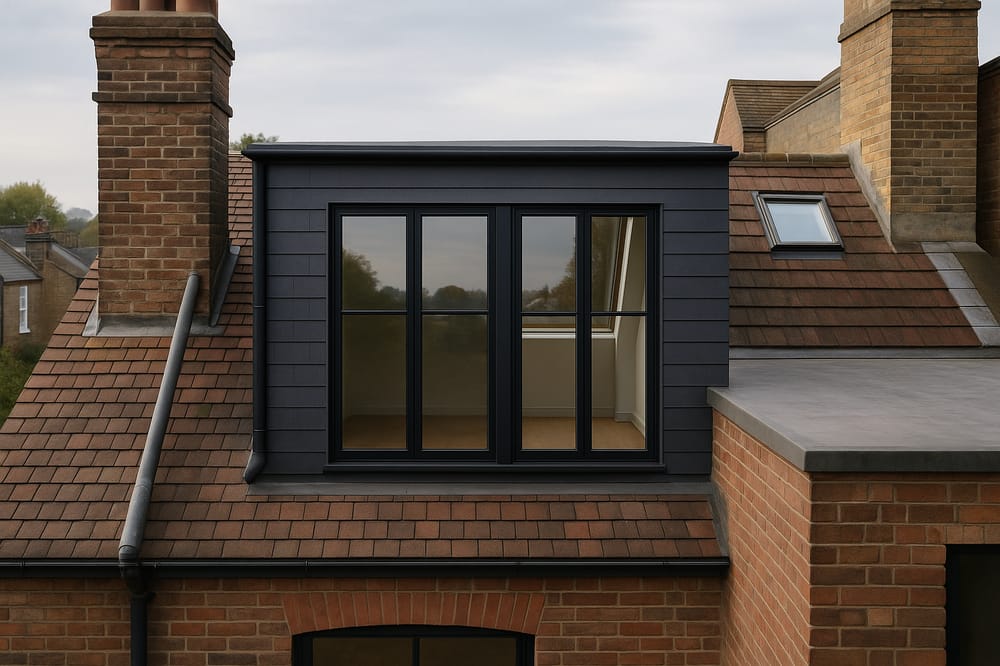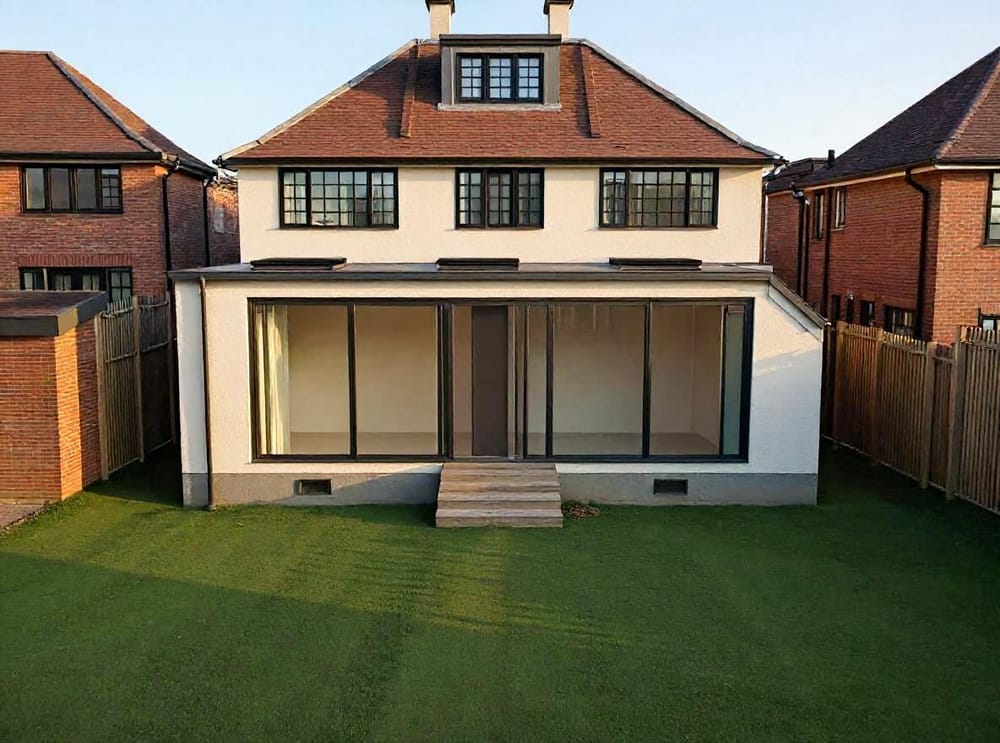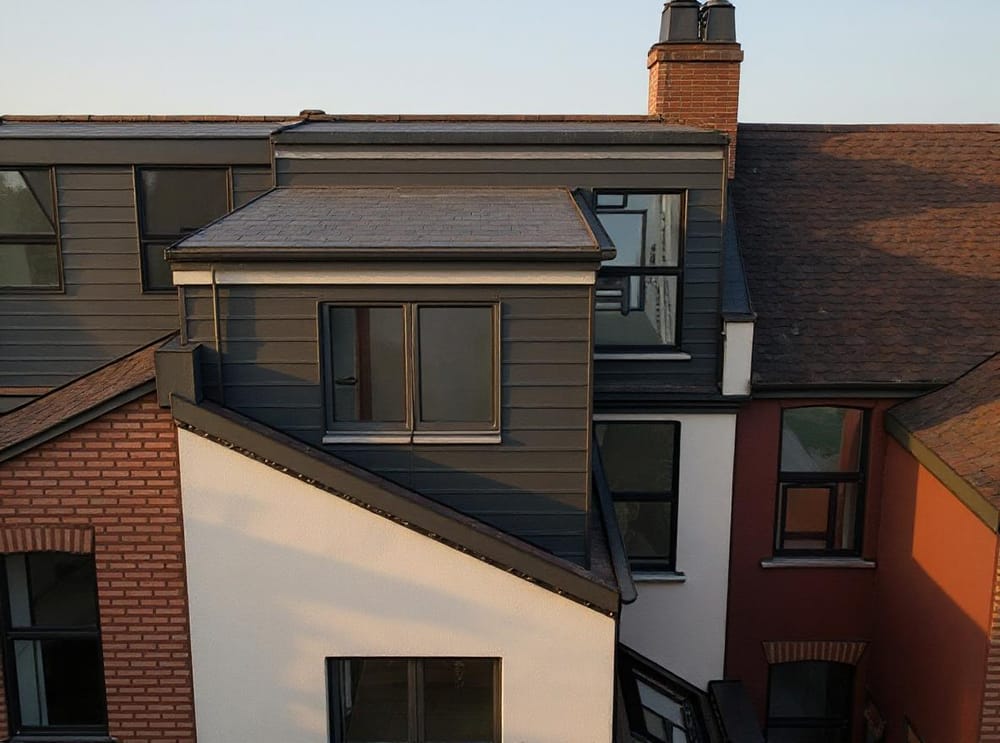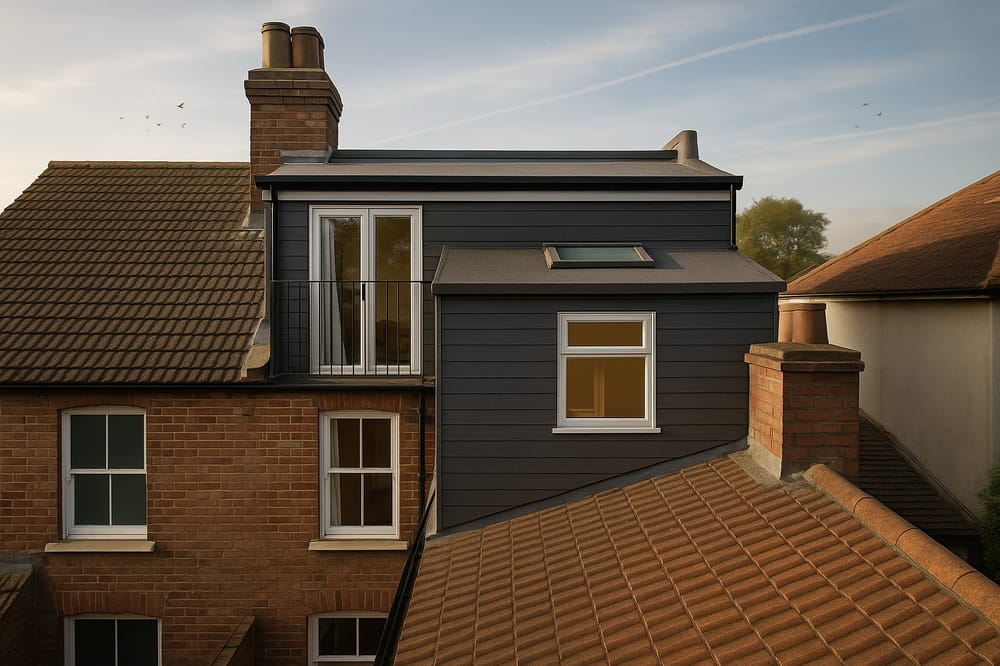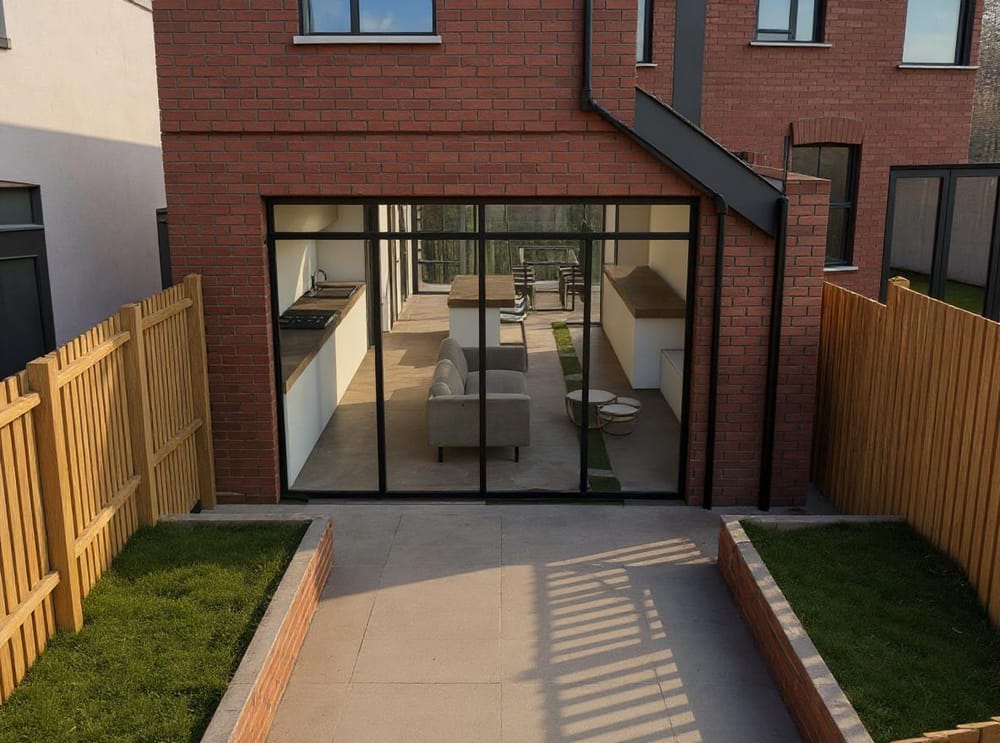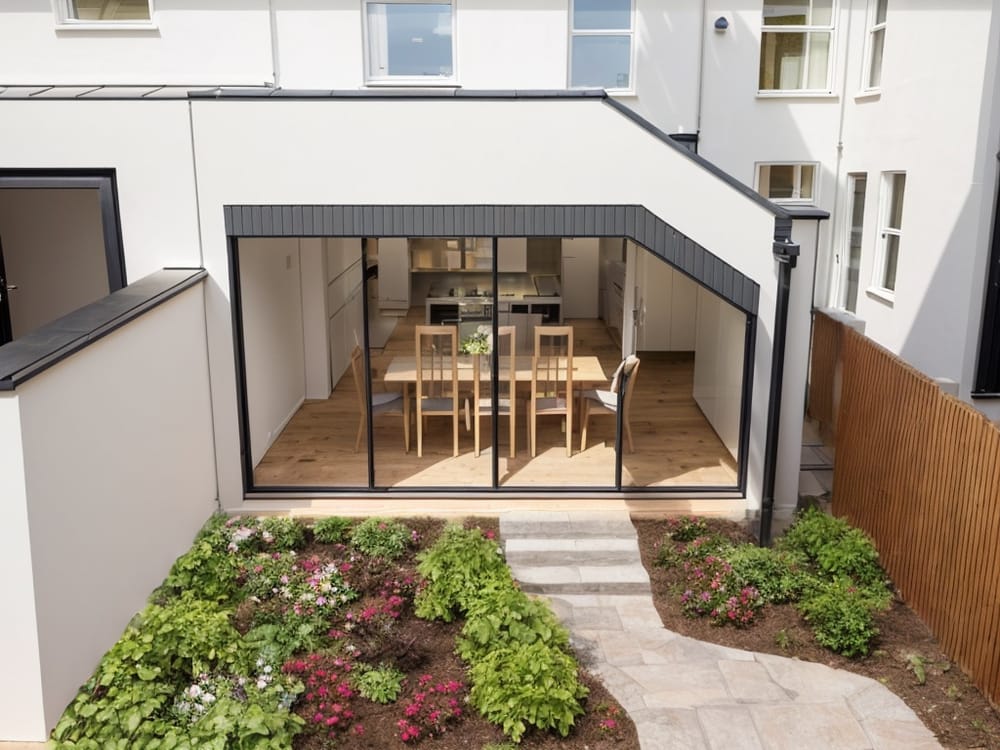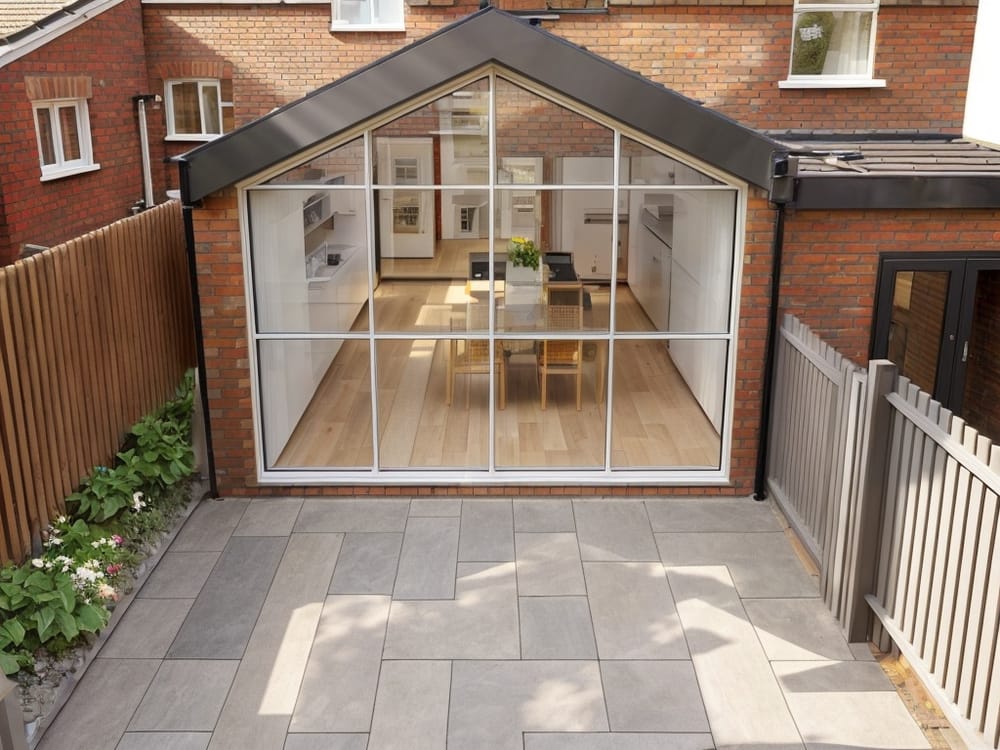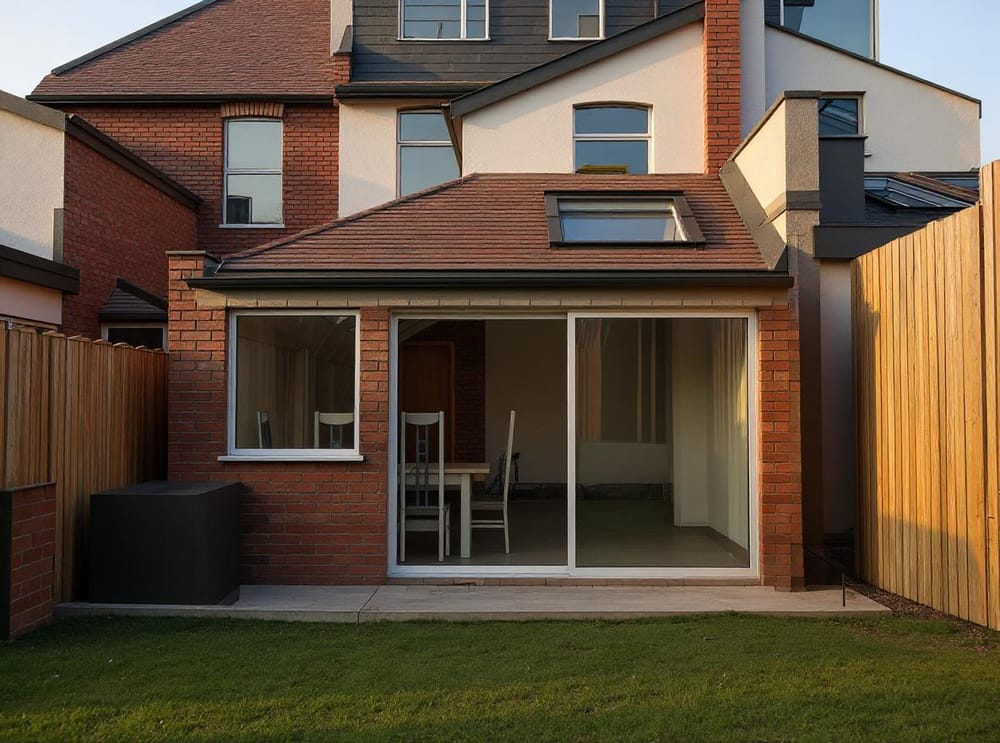Working from the top down, loft conversions are one of the UK’s favourite ways to add new space. Could your home be the next one to join the trend?
If you’ve been considering dusting off the cobwebs and getting your loft working harder, you might be wondering what your options are. From dormers to hip to gables, there are plenty of different designs you might explore but not every extension type will suit your property.
To find out which will be right for you, here are some top tips from our experts...
Types of Roof
When thinking about converting your loft space, the most important factor to consider is the existing structure.
There are two main types:
Traditional roof
This type of roof is found in houses that were built before 1965. They are different from modern roofs as their rafters form an M shape that meets in the middle of your loft, and typically have a measurement of 2.2 metres at their highest point.
Modern trussed roof
These roofs are usually found in homes that were built post-1965. These styles are constructed with the rafters forming a W shape and are typically 2.4 metres at their highest point.
Trussed roofs can be more difficult to convert than traditional roofs. The problem with trussed roofs is that, because of their W shape, the frame generally takes up most of the loft, meaning the entire frame must be replaced. However, this endeavour is by no means impossible - it just maybe a little more expensive to undergo.
Do you have enough room?
Once you’ve worked out which type of loft is in your home, whip out the measuring tape, it’s time to get down to business. In order to find out whether converting your loft is a possibility, there are two main aspects to consider.
Floor area
Although this is just a general guideline, your loft’s internal walls should expand across 7.5 metres from front to back, and 5.5 metres from side to side. However, as is mentioned, this is just the ideal space - smaller lofts are possible to work with.
Roof angle
Ideally, the pitch should be at a higher angle, so that the central head height is the highest possible. Any angle above 30 degrees would work best.
In order for your proposed loft conversion to pass building regulations, it must measure 2.2 metres from the floor to the highest point. This allows for sufficient head height, while at the same time taking into account that the roof has to be insulated and the floor built up.
Another deciding factor will be access to the loft - do you have enough room to erect a staircase on your first floor? This is something your architect will be able to advise on.
Extending your roof
If you have the right dimensions and space to hand, you could convert the existing structure into a new living space. This is what’s known as a ‘room in loft’ or ‘skylight conversion’.
However, if you need extra space, there are ways to extend your loft and straighten out the walls to create a more traditional shape.
Flat Roof (or ‘Box’) Dormer
The most popular type of loft conversion is a simple flat roof dormer. This is a structural extension that projects vertically from the slope of the existing roof, creating a box shape. Homeowners love this addition, as it creates plenty of new floorspace, brings in headroom, and allows you to install conventional windows.
For a mid-terrace period property, an L-shaped dormer - which wraps around the side and rear of the property (sometimes known as an outrigger or closet) - is a popular adaptation.
Mansard loft conversion
A mansard loft conversion is constructed by raising the party wall (the wall shared with your neighbours). The roof remains flat, while one outer wall slopes gently inwards. Mansards are typically found at the rear of the house and are suitable for many property types, especially homes in conservation areas where mansard roofs are seen as more traditional.
Hip to gable
Ideal for end of terrace and detached homes, a hip to gable loft conversion straightens an inwardly slanted end roof to create a vertical wall. By changing the structure in this way, you add not only extra floor space within the room, but also create more room within the staircase area. This is ideal if your current stairs lack the appropriate head height to make it through modern building regulations.
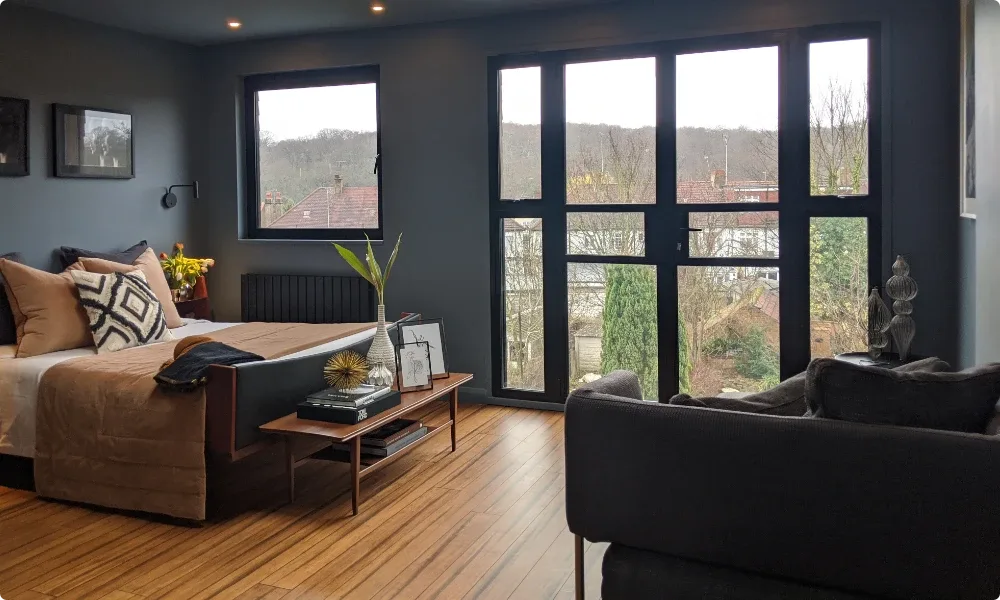
Planning, regulations, and your neighbours
Alongside the nitty-gritty dimensions of your property, there are a few other hurdles your project will have to face.
Planning Permission
Under your permitted development rights, you can extend your loft within the following guidelines…
- A volume allowance of 50 cubic metres of additional roof space for detached and semi-detached houses
- Uses similar building materials to the existing house
- The development must not include a window in any wall or roof slope forming a side elevation of the dwelling house
- The roof pitch of the principal part of the dwelling must be the same as the roof pitch of the existing house
- A dormer wall that is set back at least 20cm from the existing wall face
- Has windows that are non-opening if less than 1.7m from the floor level
- Has side windows that are obscured/frosted
By following these rules, you can avoid the need for a full planning application. However, you will still need to apply for prior approval, so this isn’t a route that saves you time but it does mean you avoid the subjective judgement of your council (perfect if they’re known for being strict).
Whether you’re going for permitted development or a full planning application, we always recommend you work with an architect to make sure all legal requirements are met.
Building regulations
All homeowners must ensure their project is in line with building regulations, which concerns everything from fire safety, insulation, sound, drainage, to name just a few things!
At Resi, we believe the best way to meet these requirements is to commission a set of technical drawings, which your contractor can use while onsite. These can be prepared by some structural engineers and architectural technicians.
However, even if you don’t want to opt into a building regulations package, you will still need to get a structural engineer onboard to work out the essential structural calculations.
Learn more about building regulations here.
Party walls
A party wall is a wall, boundary, or outbuilding that you share with another household. If your project affects this shared area, then you need to obtain permission from the affected households at least 2 months before any construction occurs.
In order to obtain approval, you’ll need to serve what’s known as a ‘party wall notice’. If your neighbour replies with written permission, then a ‘party wall award’ won’t be needed and work can go ahead. At Resi, our team always advises that a photographic survey of the neighbours’ property is completed, even if they sign the notices. This is a vital piece of information in the event that structural damage occurs and a dispute arises.
Learn more about serving a party wall notice.
Still not sure if your home is suitable?
If you’re still unsure what your options are for either your loft or home in general, don’t panic!
We offer FREE consultations to anyone who’s looking for a little bit of expert advice. Simply book yours here to get started.



